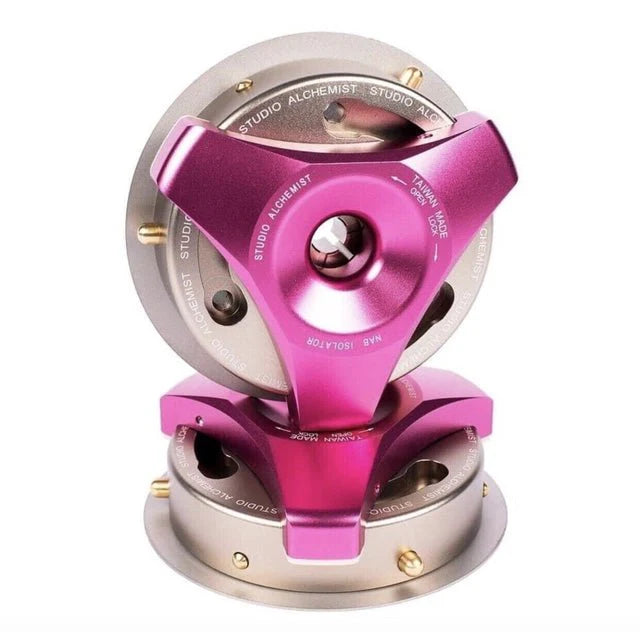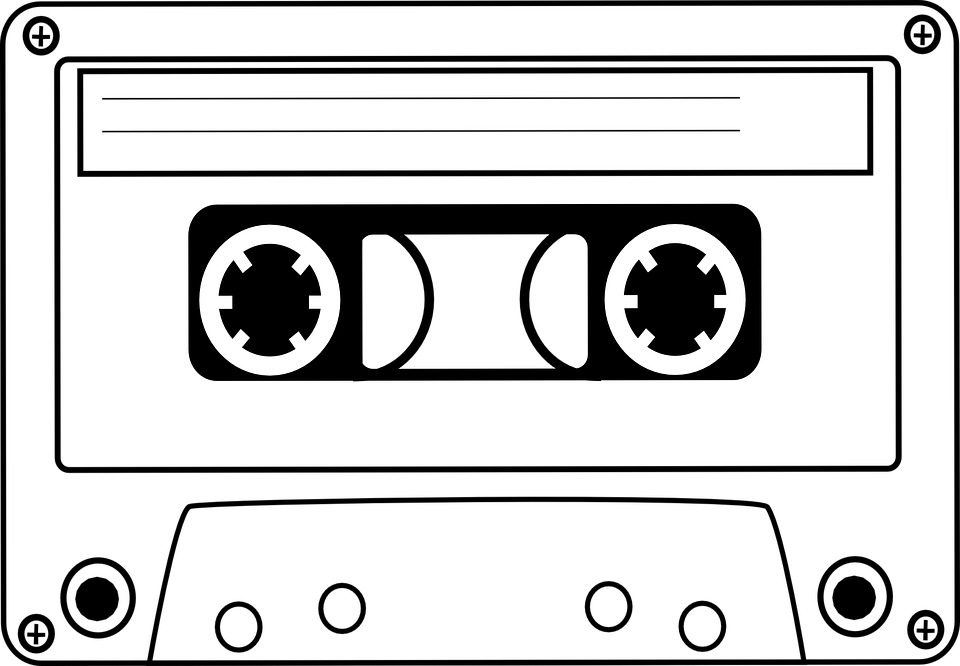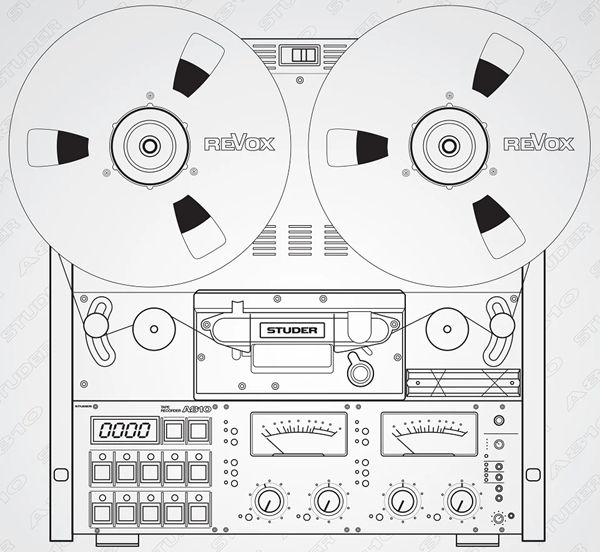Kind of Blue is the fifth studio album released on Columbia, and twenty-eighth overall, by American jazz musician, trumpeter, composer, and bandleader Miles Davis. Should there ever be a question about the most famous of all jazz albums on "Wer wird Millionär", this Miles Davis album from 1959 is a sure candidate. About which other jazz album entire books have been written and which other album is available in so many editions.
Kind of Blue is a studio album by American jazz musician Miles Davis, released on August 17, 1959, by Columbia Records. Recording sessions for the album took place at Columbia's 30th Street Studio in New York City on March 2 and April 22, 1959. The sessions featured Davis's ensemble sextet, with pianist Bill Evans, drummer Jimmy Cobb, bassist Paul Chambers, and saxophonists John Coltrane and Julian "Cannonball" Adderley. After the entry of Evans into his sextet, Davis followed up on the modal experimentations of Milestones (1958) by basing Kind of Blue entirely on modality, in contrast to his earlier work with the hard bop style of jazz.
Though precise figures have been disputed, Kind of Blue has been described by many music writers not only as Davis's best-selling album, but as the best-selling jazz record of all time. On October 7, 2008, it was certified quadruple platinum in sales by the Recording Industry Association of America (RIAA). It has been regarded by many critics as the greatest jazz album of all time and Davis's masterpiece.
The album's influence on music, including jazz, rock, and classical music, has led music writers to acknowledge it as one of the most influential albums ever made. In 2002, it was one of fifty recordings chosen that year by the Library of Congress to be added to the National Recording Registry. In 2003, the album was ranked number 12 on Rolling Stone magazine's list of the 500 greatest albums of all time.
Kind Of Blue By Miles Davis - UHQCD Features:
Numbered, Limited Edition
Made in Japan
Superior Crystal Sound
Ultimate High Quality CD
XRCD-Like Luxury Digipak
Playable on conventional CD players
Tracklist:
1. So What
2. Freddie Freeloader
3. Blue In Green
4. All Blues
5. Flamenco Sketches
Musicians:
Miles Davis, trumpet
Julian "Cannonball" Adderley, alto saxophone (except #3)
John Coltrane, tenor saxophone
Wynton Kelly, piano (#2)
Bill Evans, piano (all others)
Paul Chambers, bass
Jimmy Cobb, drums
Numbered Limited Edition
Japanese Import
UHQCD

All About Ultimate High Quality CD (UHQCD):
Many years have passed since the birth of the Audio Compact Disc (CD) back in 1982. By use of High-Quality materials and a totally different manufacturing method, the definitive version of audiophile audio CD was born. Playable on any CD player, the Ultimate High Quality CD greatly surpasses all previous CDs before it.
The Ultimate High Quality CD (UHQCD):
UHQCD is a radical change to the CD manufacturing process itself. The conventional wisdom about CD manufacturing, which had remained largely unchanged across the world for over 30 years, has been exhaustively questioned. Through this effort, the ultimate in quality was attained - a level of quality that is certainly impossible to achieve with existing CD discs.
The Ultimate High Quality CD was developed through an effort to improve audio quality by simply upgrading the materials used in ordinary CDs to higher quality materials. For the substrate a high-transparency and high-fluidity polycarbonate (a type of plastic) of the type used for LCD panels was used, while for the reflective layer, low-cost, common aluminum was replaced with a unique and expensive alloy of high-reflectivity.
Differences in manufacturing methods:
Conventional CDs are produced using the technique of injection molding to form "pits" of data on polycarbonate material. Metal plate on which "pits" representing audio source data are formed is used as a die. This is called the "stamper." Polycarbonate is melted at high temperature and poured into the die to duplicate the pit patterns on the stamper.
This method is efficient because it enables high-speed production, but it does not enable totally accurate or complete duplication of the pits on the stamper. As a melted plastic, polycarbonate is inevitably viscous, so it cannot penetrate completely into every land and groove of the tiny pits of the stamper.
The Ultimate High Quality CD photopolymer is used instead of polycarbonate to replicate the pits of the stamper. In their normal state, photopolymers are liquids, but one of their characteristic properties is that they harden when exposed to light of certain wavelengths. The advantage of this property, perfect replication of very finely detailed pits was achieved. Photopolymers in the liquid state are able to penetrate into the tiniest corners of pits on the stamper so that the pattern of the pits is reproduced to an extremely high level of accuracy. The Ultimate High Quality CD reproduces audio with greater precision and at a level that is impossible to achieve using conventional CD production technology.
Made in Japan















